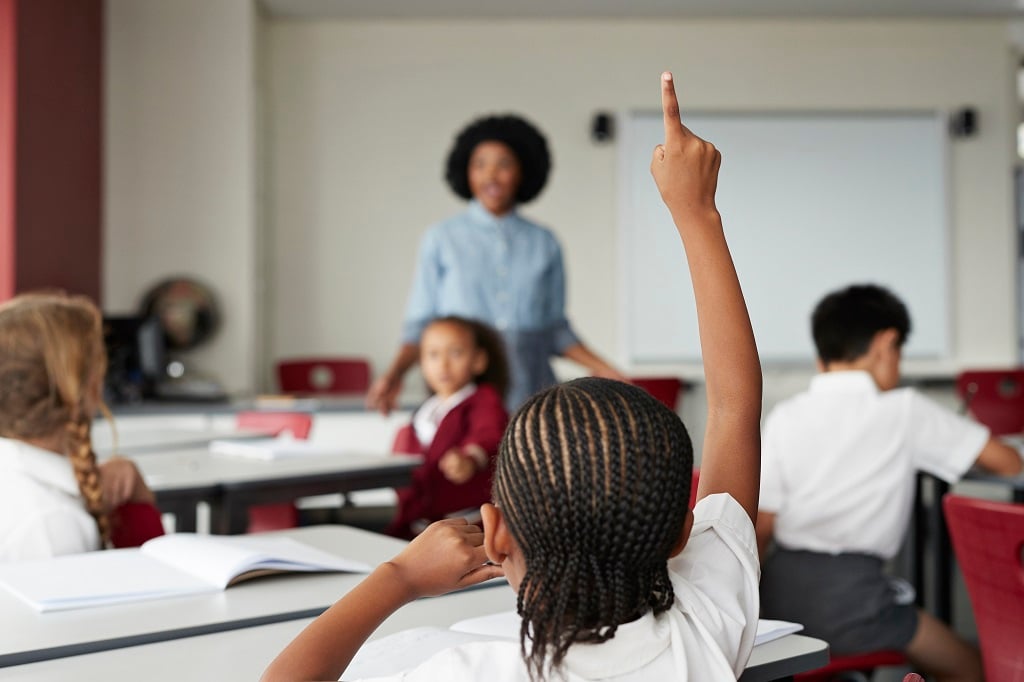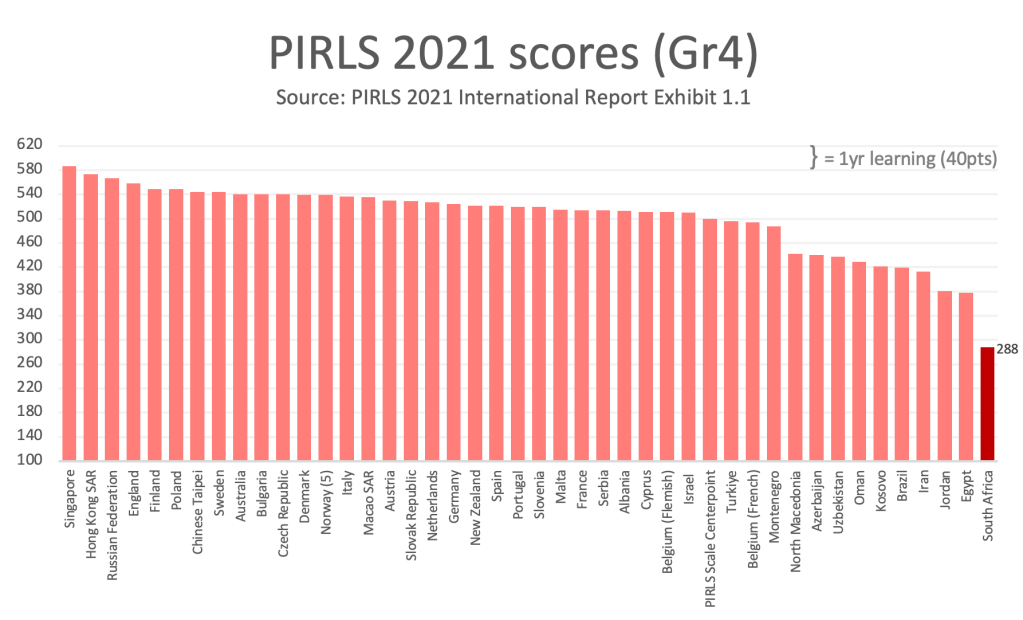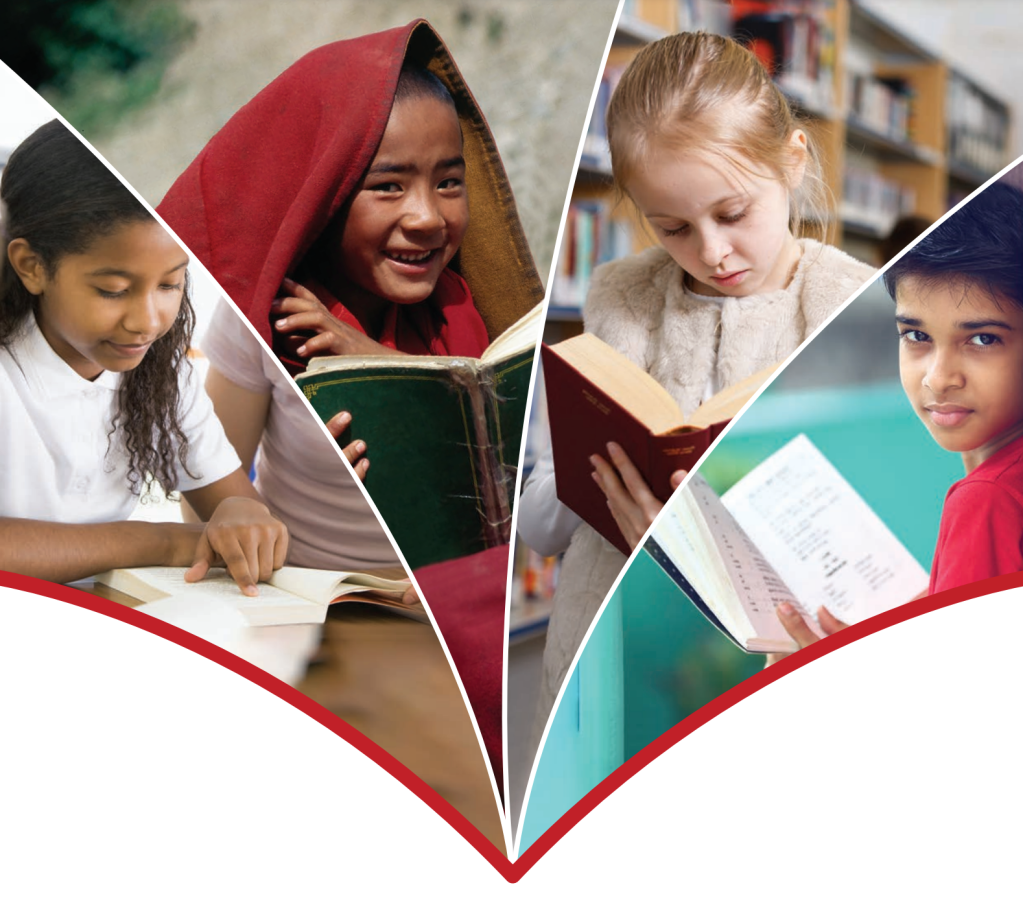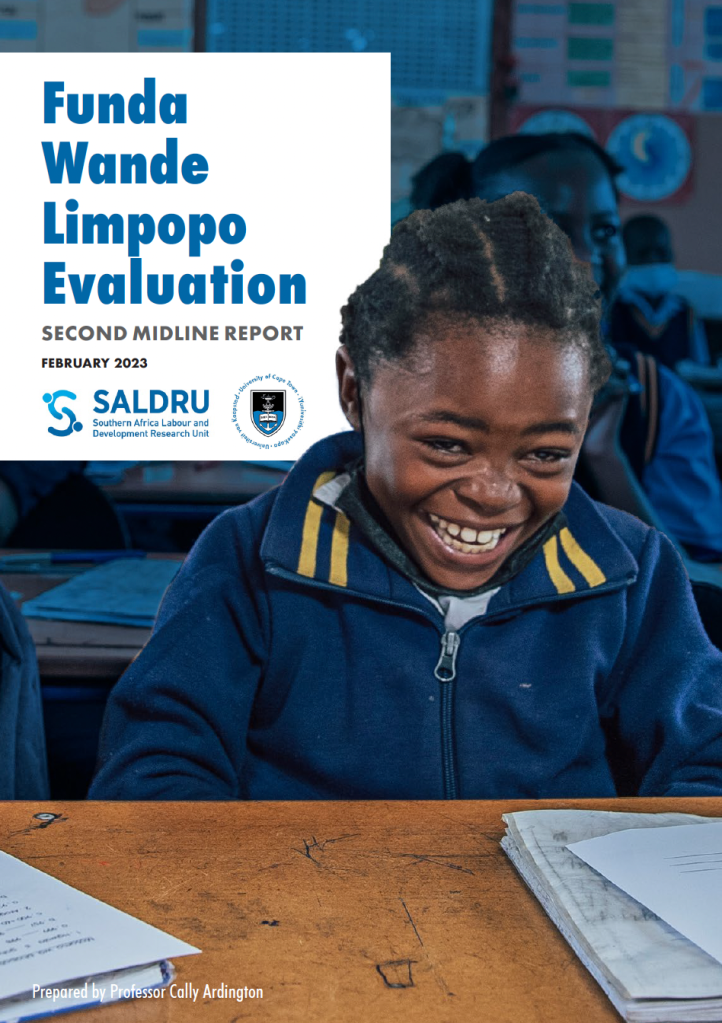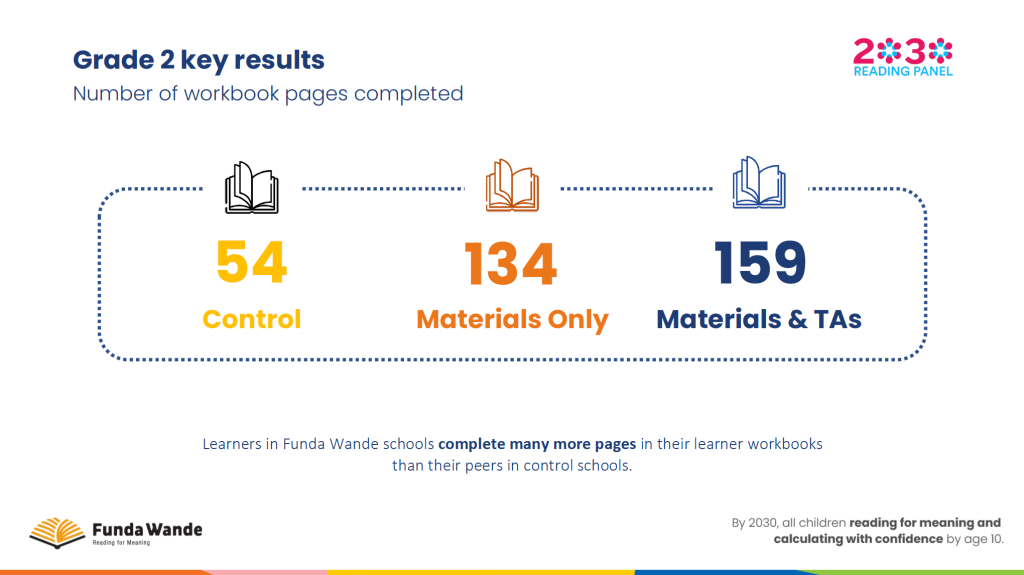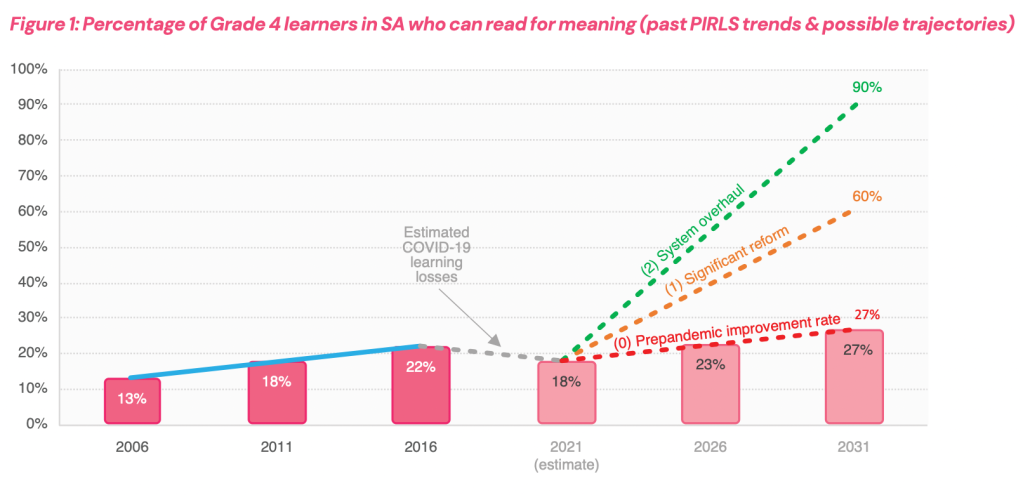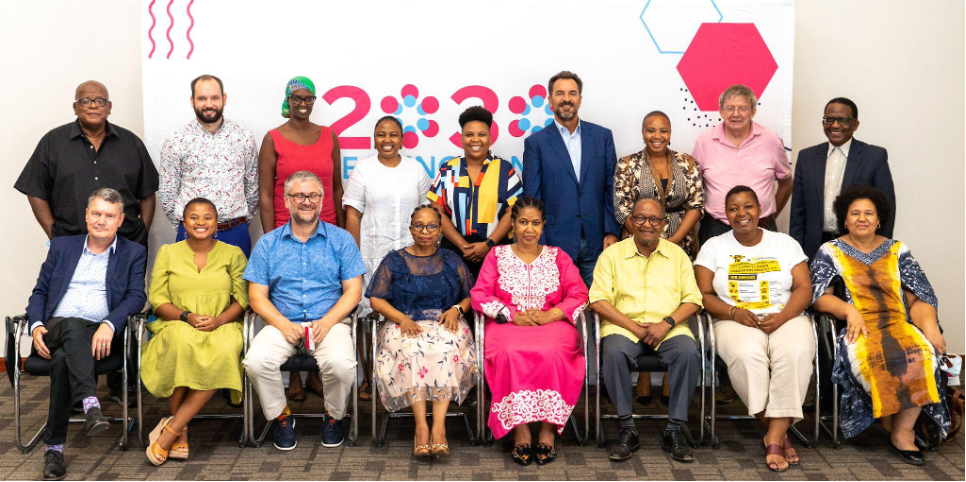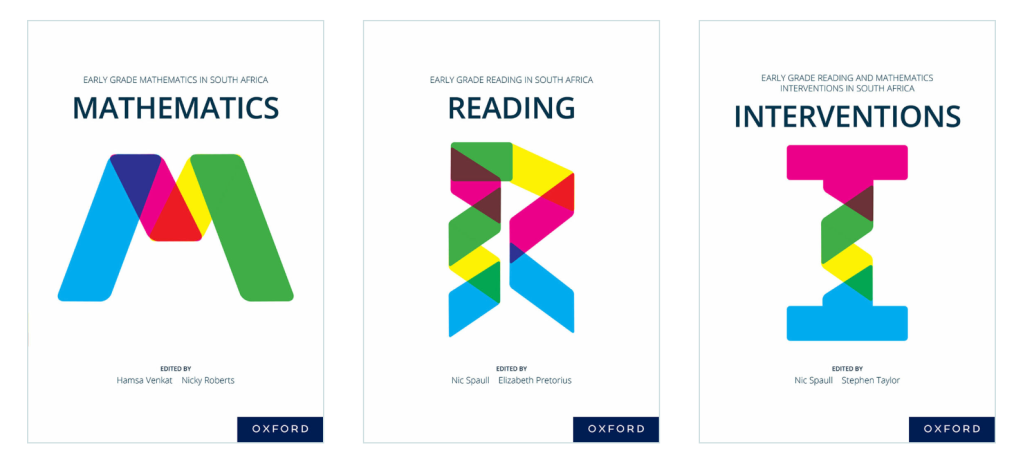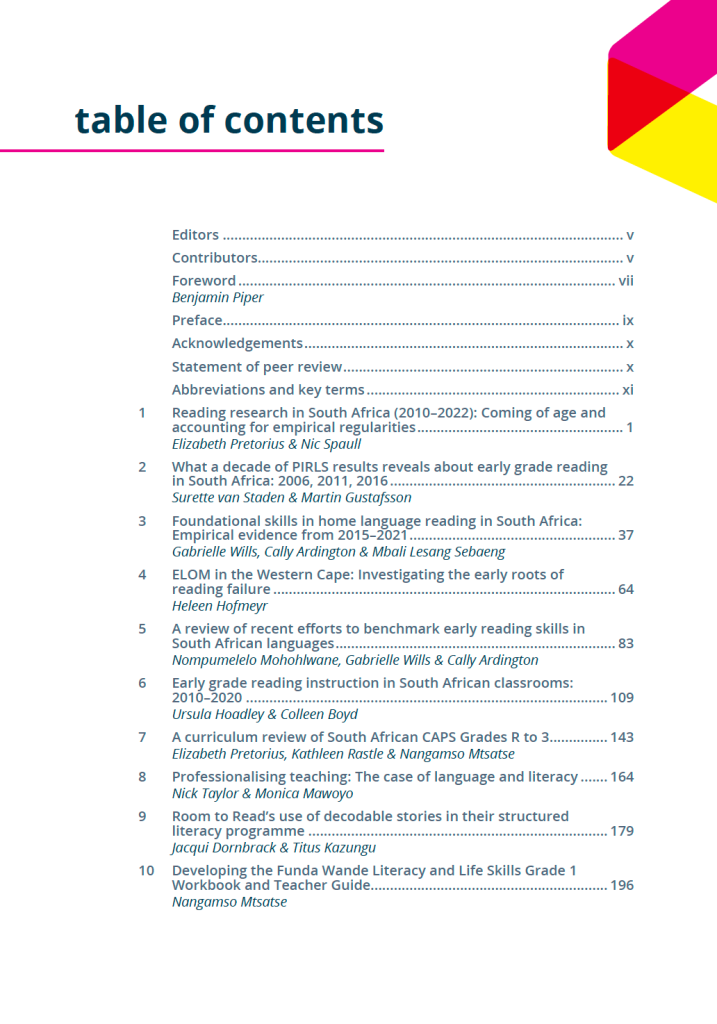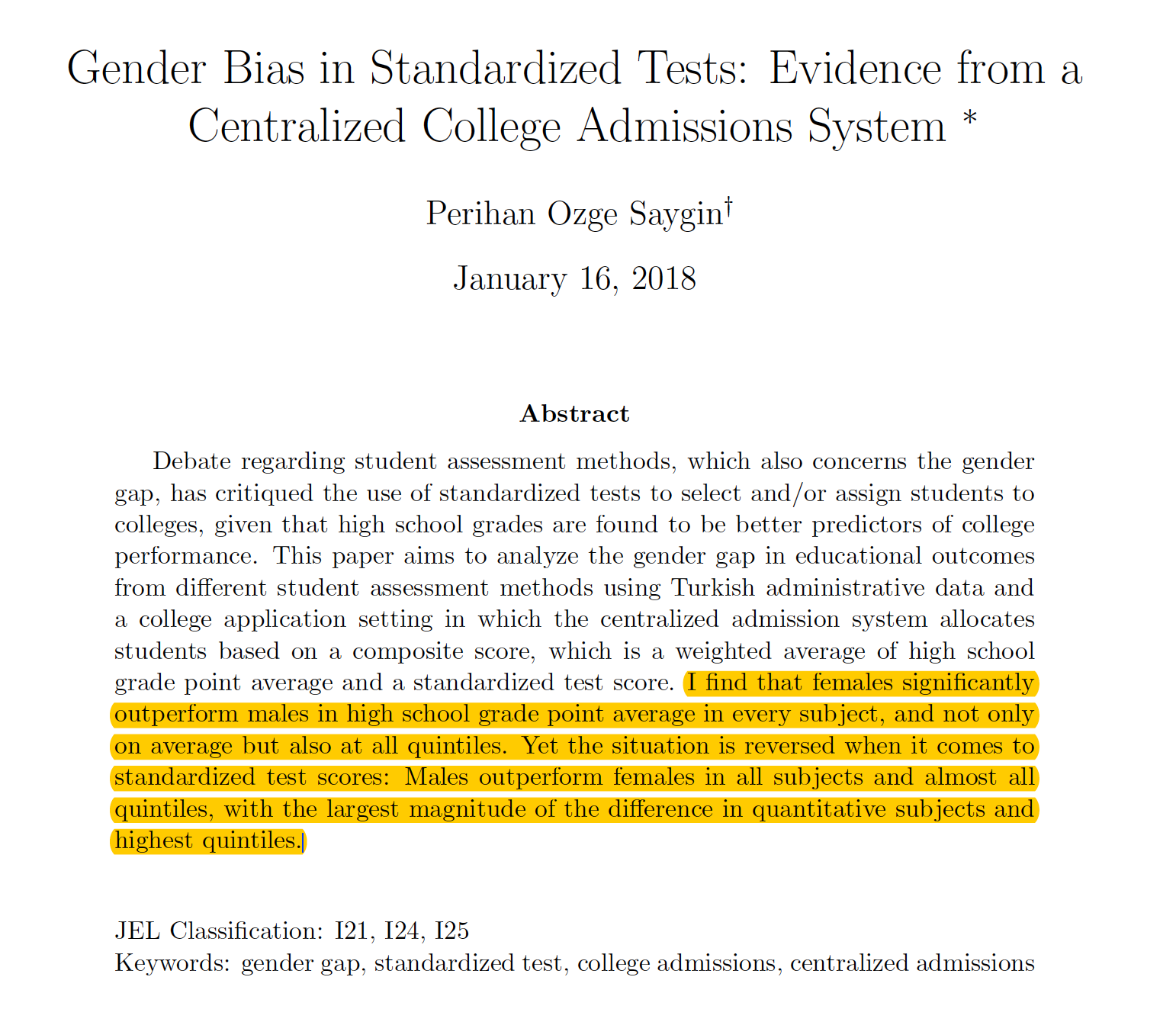
Van der Berg & Spaull (2020). Counting the Cost: COVID-19 school closures in South Africa and its impact on children. Research on Socioeconomic Policy. Stellenbosch University. (Released: 16 June 2020).
Included below is a short blog post based on a new 32-page report we released today (16 June 2020). It is publicly available on the RESEP website.
“There are decades where nothing happens, and there are weeks where decades happen.” — Vladimir Lenin
Looking back to the end of last year, it’s difficult to think that anyone in the world knew how everything was about to change. Here in South Africa, what began as a three-week lockdown period on the 28th of March morphed into an eight-week lockdown that is now in its eleventh week and still on-going, albeit with much fewer restrictions. The eight- week lockdown included bans of all public gatherings, closing all schools, and prohibiting all forms of physical commercial activity, except for the sale of food and medicine. The sale of alcohol and tobacco was banned. A national curfew was imposed prohibiting movement between 8pm and 5am. For the first time since apartheid the army was deployed with 70 000 reserve soldiers distributed across the country, largely in informal settlements, with the intention of maintaining law and order and supporting the police. Even parliament was temporarily closed. Only the courts remained open out of fear that there would be no recourse to challenge government actions or to oppose the constitutionality of the measures being implemented.
By and large these containment measures were initially welcomed, or at the very least accepted, by the public, opposition parties and most scientific advisors. This is now to starting to change.
In the beginning there was so much uncertainty and fear surrounding COVID-19. How deadly was it? How was it transmitted? Who got it? How fast was it spreading? Were kids at risk? There are still key unknowns around immunity, when and if a vaccine will be discovered, and perhaps most importantly, how the impact of the virus will be different in lower- and middle-income countries like South Africa compared to high-income countries. Initially European countries and America made up over 80% of COVID-19 cases, that is now rapidly changing.
In my own field – education and schooling – everything came to a grinding halt. At the time of writing remain schools, ECD centres and creches remain closed for 90% of children, despite the economy re-opening from 1 June 2020. For the ten weeks of lockdown up to the 8th of June, children were not allowed to go to school or see their friends and family outside of their house. During the first five weeks of ‘hard’ lockdown children were not allowed to leave their homes for any reason except to seek medical attention. Based on the government’s current plans, by the end of Term 2 (7th of August 2020), South African children will have lost between 25% and 57% of the ‘normal’ school days scheduled up to that point.

In the beginning, like everyone else, we were supportive of these drastic (but defensible) measures. The logic behind the three-week lockdown was sound; slow the spread the virus, buy time for the Health Department to prepare and ‘flatten the curve.’ Had anyone known this would be a 3-month lockdown I’m not sure there would have been the same support.
It is within this context that my colleague and mentor, Prof Servaas van der Berg, and I decided to write a report setting out some of the evidence on COVID-19 and children in South Africa. We wanted to document some of the non-COVID-19 concerns that affect children specifically, many of which have been drastically exacerbated by the extended lockdowns and prolonged school closures. The aim was not to focus too much on whether children are at risk of getting severely ill or dying from COVID-19 (they aren’t), or whether they are as likely to transmit as adults (they aren’t). Instead we looked at five areas which I’ll touch on briefly here in a Q&A format (see the full report for the detailed discussion).
(1) Does the South African distribution of COVID-19 deaths follow the international trends with respect to age?
In short, yes, but the Western Cape data does show higher mortality from 40+ and 50+ while the high-income trend was 50+ and 60+.
 Let’s compare the Case Fatality Rate (CFR) in China and the Western Cape (Table 2). The Western Cape was selected as the best proxy for South African risk by age since it has the highest number of infections (66% of the national total), the highest number of deaths (77% of the national total), as well as the highest rate of testing per 100 000 persons – at least as at the time of writing (NICD, 2020a: p.6). If we are concerned about issues that are especially prevalent in SA (TB, HIV, inequality, malnutrition) then the Western Cape is the best proxy we have at the moment.
Let’s compare the Case Fatality Rate (CFR) in China and the Western Cape (Table 2). The Western Cape was selected as the best proxy for South African risk by age since it has the highest number of infections (66% of the national total), the highest number of deaths (77% of the national total), as well as the highest rate of testing per 100 000 persons – at least as at the time of writing (NICD, 2020a: p.6). If we are concerned about issues that are especially prevalent in SA (TB, HIV, inequality, malnutrition) then the Western Cape is the best proxy we have at the moment.
While the overall CFR in the WC (2.5%) seems to be comparable to China (2.3%), mortality risk does start increasing from 40+ years.
(2) How does COVID-19 mortality risk in South Africa compare to “normal” mortality risk?
This is a key question since the justification of the extreme measures implemented in South Africa (lockdown, school closures, deploying the army etc.) are warranted to the extent that the the threat is so severe and unusual that the collateral damage from these measures is “necessary”, “unavoidable” or “worth it.”
Although this is not an easy question to answer and any response will rely on certain assumptions, it’s worth emphasising that the justification for the lockdown also relies on many of these same assumptions. Using StatsSA mid-year population estimates and mortality data for the same year, we report the risk of dying by age group for a “normal” year (i.e. non-COVID-19 year), in this case 2016. Of the 55.9-million people alive in 2016, 435 000 died, with higher death rates among the elderly, as one would expect. In order to compare this annual figure to COVID-19 deaths, one needs a figure of total COVID-19 deaths in 2020. This relies on projections and assumptions. The Department of Health has consulted numerous modelling experts to predict the total number of infections and deaths from COVID-19 since this is important information needed for planning and preparation. Reviewing the projections put forward by the Actuarial Society of South Africa (ASA, 2020: p.4), the South African COVID-19 Modelling Consortium (SACMC) and Deloitte indicate that there may be as many as 40 000 deaths (optimistic) or 48 000 deaths (pessimistic) from COVID-19 by the end of 2020. These are also the current projections cited by the Minister of Health. Taking a conservative approach and using the higher projection of COVID-19 deaths in South Africa in 2020 (48 000), we use the distribution of deaths by age in the Western Cape (Column E) to apportion the 48 000 total deaths across the different age categories. For example, if the 48 000 deaths follow the Western Cape distribution of COVID-19 deaths then there will be 13 142 deaths among the 60-69 year age group in South Africa in 2020.

This table allows one to ask “What is the probability that someone in a particular age category is going to die from COVID-19 in 2020 in South Africa?”. It shows that for those under 70 the risk of death from COVID-19 is exceedingly small. For example the average 45 year old has a 1-in-1028 chance of dying of COVID-19 in 2020. the average 45 year old had a 1-in100 chance of dying of non-COVID causes in 2016.
While it is true that these projections depend on the assumption of 48 000 COVID-19 deaths in South Africa in 2020, there are very few specialists who believe that the figure will be higher than this. Furthermore, even if COVID-19 deaths were twice as large as predicted here (96 000) (which would halve the chance numbers in Column H), the risk of death from regular causes for all age groups would still drastically outweigh the risk of death from COVID-19 multiple times over. It is for this reason that the risk categorization in Column I, which reports the relative risk of COVID-19 mortality and regular mortality, indicates that for the population at large under 70 years of age, the risk of death from COVID-19 is low or very low when compared to regular mortality risk. Put differently, people should be far more worried about dying of regular causes than from COVID-19. This doesn’t mean that COVID-19 hasn’t increased mortality risk for everyone 18 years and older – it has – but not nearly as much as one would think when looking at the precautionary measures being taken by government. If you asked the average 50 year old in South Africa “If you died this year do you think the cause would be COVID-19 or something else?” If these assumptions are correct then the average 50 year old has a 5 times higher chance of dying of something else than of dying of COVID-19. This does not, however, indicate that sensible precautions such as social distancing or wearing a mask should be ignored.
The above discussion has important implications for school closures, since these measures are justified partly on the basis that they will prevent the healthcare system becoming overwhelmed, but also because of the excess mortality risk to teachers. For example, schools were scheduled to be opened for some grades on the 1st of June 2020, but this was delayed based on teacher union opposition that schools were not adequately prepared to protect learners and teachers. Yet if the assumptions underlying the above data are correct, the additional mortality risk to teachers and caregivers up to age 70 is low relative to the normal mortality risk that they face. For children the risk is exceedingly small. Following analysis of COVID-19 mortality data in the United Kingdom by Professor David Spiegelhalter at Cambridge University, he concluded that “In school kids aged five to 15 it’s not only a tiny risk, it’s a tiny proportion of the normal risk.” He went on to say that the risk was so low that children were more likely to get struck by lightning (a chance of one in 1.7-million) than die of COVID-19 (one in 3.5-million) (Spiegelhalter, 2020).
The evidence emerging from South Africa on children’s COVID-19 risk of severe illness is completely congruent with international research showing that children do not get severely ill from COVID-19. There are so few recorded deaths of children from COVID-19 that it is difficult to draw any conclusions (see Spaull, 2020 for an overview of the epidemiological research on this). The South African Paediatric Association (SAPA) in their statement on COVID-19 (SAPA, 2020) explain that “Children biologically contain SARS-CoV-2 better than adults, are less likely to get sick if infected, have milder disease, are unlikely to die from COVID-19, and are probably less infectious than adults.”
(3) What is the age and comorbidity distribution of teachers in South Africa?
In the paper we do report the age distributions of teachers in South Africa and show that only 10% of teachers (38,000 individuals) are aged 58-65 years.

There is currently no nationally-representative data on the comorbidities of teachers specifically. However, nationally 4 581 200 South Africans aged 20-79 are estimated to have diabetes, according to the International Diabetes Federation (2019). Applying the ratio of teachers to the national population in this age group, there could be perhaps around 47 500 teachers who have diabetes, or one in every eight teachers. Cardiovascular disease is a major source of mortality in South Africa, often associated with hypertension. These diseases increase an individual’s COVID-19 mortality risk. However, it should be noted that the mortality total provided in Table 3 is a national figure and already includes deaths associated with these and other comorbidities.
(4) What percentage of South African schools have running water?
The School Monitoring Survey 2017 data show that nationally 74% of primary schools and 80% of secondary schools report access to running water in 2017 (DBE, 2018: p.80). However, there is considerable provincial variation in access to this most basic resource. Lack of access to running water is especially acute in KwaZulu-Natal, where only 53% of primary schools and 59% of secondary schools report access. In contrast, approximately 95% of primary schools and high schools in Gauteng and the Western Cape have running water (DBE, 2018: p.81). Without access to running water, how are children and teachers expected to wash their hands? Thus special measures had to be instituted. COVID-19 is an opportunity for South Africans to reflect and acknowledge that in 25 years of democracy we have not managed to provide all schools with basic infrastructure like running water, electricity, and safe toilet facilities. The fact that a quarter of primary schools do not have access to running water in a middle-income country like South Africa is an indictment and an ongoing source of shame. While this is clearly a pre-requisite for basic hygiene during a pandemic, it is also a pre-requisite for basic dignity in everyday life.
Due to teacher union opposition about returning to schools where there is no running water and therefore limited ability to practice personal hygiene, the Department of Basic Education went into overdrive to provide schools with water tanks so that teachers would return. On the 7th of June the Minister announced that 95% of schools now had running water (Motshekga, 2020). This was accomplished through a contract with Rand Water to provide water tanks to 3500 schools:
“The support provided by the Department of Water and Sanitation, Rand Water, the Department of Health, National Treasury; and the recent involvement of the South African National Defence, the Development Bank of Southern Africa (DBSA), the Department of Transport, and Mvula Trust is second to none. Their involvement has accelerated our interventions in the provinces, especially the reach to the most rural and remote schools” (Motshekga, 2020).
This is a commendable achievement, and may yet be one of the few positive outcomes of the pandemic. It is truly remarkable that in the space of six weeks the Department of Basic Education has managed to do what it was unable to do in the last 20 years.
(5) Is social-distancing feasible in South African classrooms?
The School Monitoring Survey 2017 data on “largest class taught” in Grade 3, 6, 9 and 12 show that nationally 63% of primary school children are in classes of 40 or more learners per class, with 16% in classes of 60 or more per class. In secondary schools 70% of learners are in classes of 40 or more learners per class and 26% are in classes of 60 or more learners per class.


Given that COVID-19 mortality risk is low compared to regular mortality risk (Table 3), and virtually non-existent for children, we believe the Department of Basic Education should acknowledge that it is not feasible for most South African schools to practice social distancing within the classroom. Where they can, they should. Where they can’t they should take the precautions that they can but continue with schooling. While it should require mask-wearing for older children and social distancing on the playground, social distancing within the classroom is simply not realistic. Attempts to do so are futile in our context and are likely to further disrupt teaching and learning, to the detriment of children. Furthermore, as the South African Paediatric Association has explained:
“Teachers are not at high risk of being infected by children. Teachers are at a higher risk of contracting the virus from other adults (e.g. colleagues), at home or in the community (outside school). Teachers with comorbidities are at increased risk for severe Covid-19″ (SAPA, 2020).
We cover a number of other topics in the report including malnutrition, learning losses, economic impacts etc. The last one I want to touch on here is something I am especially worried about:
(6) With the economy re-opening and schools still (largely) closed, how many young children are left “home alone”?
Short answer: 3.3 million kids (18% of all children) are in households were the only adult caregiver in the house has a job. Of these 1-million are aged 0-6 years. What happens to these kids when their parents have to return to work while creches, ECD-centers and schools are still shut for 90% of children?
Reviewing the South African media discourse on the ‘post-lockdown’ regulations, one of the areas that has been most neglected are the unintended consequences of re-opening the economy while schools and crèches remain closed for most children.
Using data from the Quarterly Labour Force Survey (QLFS) of StatsSA for the fourth quarter of 2019, it is possible to determine how many schoolchildren, pre-schoolers and toddlers would be at home with or without an adult caretaker, if everyone who had jobs at the end of 2019 were again to return to work. The table shows that 3.3 million children (18% of all children in this age group) were in households were there was no additional adult care-giver apart from employed adults. In the remaining 82% of households there would still be an adult available to act as caretaker, especially in extended families. As one would expect, proportionately the number of children without a caretaker would be largest in metropolitan areas, where this ratio is 25%. The biggest proportion of children would be affected In the Western Cape (30%) and Gauteng (24%).

One can further estimate these ratios allowing for older siblings (15 or above) who might be able to act as caretakers. While that reduces the numbers (Figure 7), the basic problem remains. Even if one includes household members 15-years and older as possible caretakers, there would still be 2.3 million children aged 0-15 years that could be home alone if their employed caregivers returned to work and their school grade or their ECD centre or crèche remained closed.
Given the job-losses expected to result from the lockdown and the COVID-19 induced recession, more caregivers will become unemployed and therefore would be at home and available to care for children (albeit now with less income). While this does decrease the percentage of children that are home alone, as the figure shows, even if there were 30% job losses there would still be 1.8 million children aged 18 or below that would be left home alone because their only caregivers would be at work, or 1.2 million if 15 year olds can act as caretakers.

Perhaps the most severe instance of this would be the care of very young children, i.e. those under the age of 6 years. Our analysis shows that if all employed workers return to work, there would be almost one million (974 000) children below the age of six who would be left alone in households without an adult caretaker. While it is true that parents and caregivers would try and make some arrangements for members of other households to take care of their children, many caregivers may not have the networks needed, and may feel compelled to go to work to earn income to support their child(ren). This is all because community-based early childhood development centres and preschools are still not allowed to operate despite the economy re-opening.
Government Gazette No. 43381 (1 June 2020) reports that Early Childhood Development (ECD) will be allowed to re-open on the 6th of July 2020, despite the fact that the vast majority of the economy ‘re-opened’ on the 1st of June 2020 when the country moved to Level 3 Lockdown (DBE, 2020a: p.4). It is unclear what the Department of Basic Education and the Department of Social Development think is meant to happen to these 974 000 children under the age of six who have no alternative non-working caregiver.
In addition to the above, given that most ECD facilities in South Africa are primarily privately-operated small businesses, it is unclear how many of these ECD centres and creches will have been able to survive the income loss of the extended lockdown.
(7) What are your conclusions and policy recommendations?
After reviewing the evidence presented in this paper, it is our view that keeping children out of school is not in the best interests of the child. Consequently, all children should return to schools, crèches and ECD centres without any further delay. The profound costs borne by small children and families as a result of the ongoing nationwide lockdown and school closures will be felt for at least the next 10 years.
When the new coronavirus rapidly spread across the globe, the impact of the virus on children was still unclear, and closing schools from an abundance of caution seemed the responsible thing to do. But much has been learnt since about both COVID-19 and about the effects of lockdown and school closures, both in South Africa and internationally. Given the large social and economic costs of hard lockdowns and wholesale school closures we would strongly caution against future nation-wide lockdowns or school closures, even in the presence of a surge in COVID-19 infections. Policy-makers and government leaders have an obligation to weigh up the costs and collateral damage of their policies, particularly for those who are most vulnerable, such as small children, the elderly and those in poverty.
Millions of South African children’s education and mental health have been compromised in this initial period of uncertainty. Given what is now known about the mortality rates of COVID-19, we believe that the ongoing disruptions to children’s care, education and health are no longer justified.
— END —
To read the full report download it HERE.
